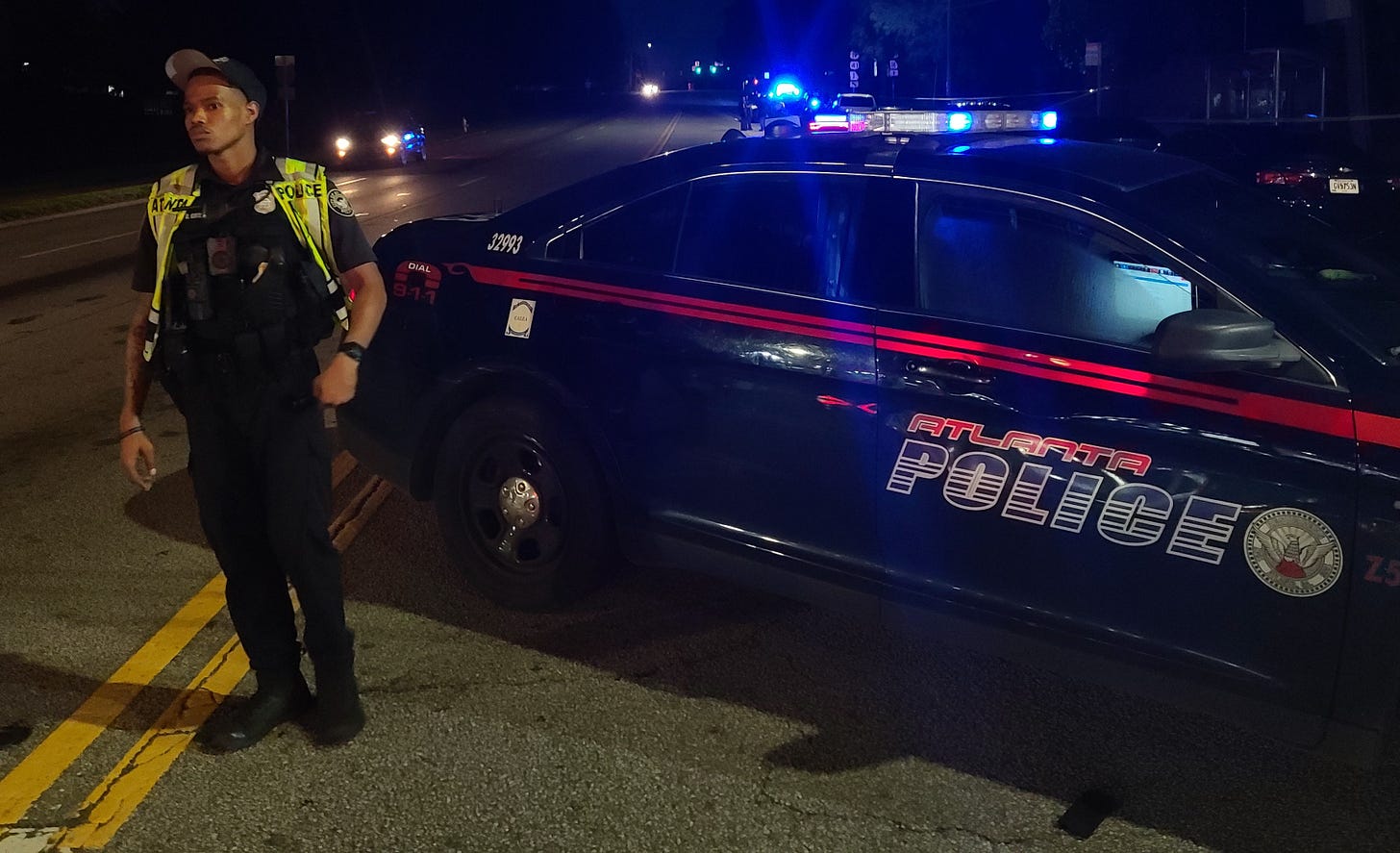Violence Recedes in Atlanta
I've been waiting to make sure I'm not imagining it. The numbers show a meaningful decline in violent crime.
Something dramatic has happened in Atlanta with violent crime over the last few months, something I’ve been tracking for two years, starting April 2021. I’ve been watching it quietly because I didn’t want to make some pronouncement that the historically-significant increase in violence in the city had disappeared without a long-enough run to see a clear…
Keep reading with a 7-day free trial
Subscribe to The Atlanta Objective with George Chidi to keep reading this post and get 7 days of free access to the full post archives.




